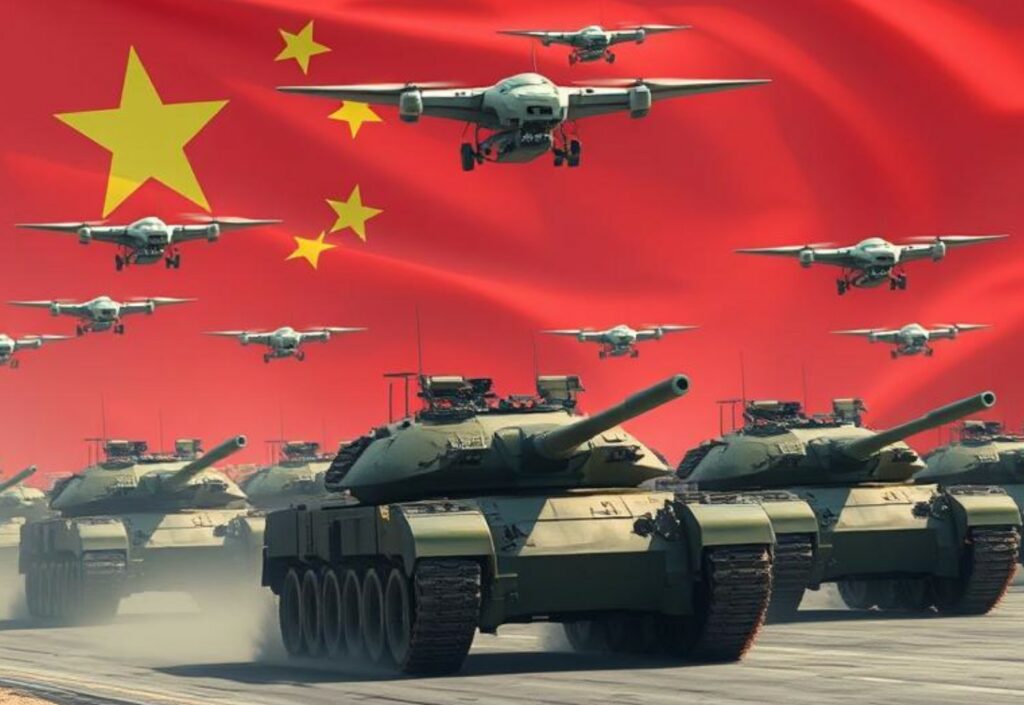
The People’s Liberation Army (PLA) has announced a shift in ground forces tactics, from traditional close-quarters tank combat to long-range, beyond-line-of-sight operations. This shift was made possible by the introduction of the latest Type 100 main battle tanks.
According to military command officials, this represents a complete transformation of ground combat. Armored units are receiving not only new vehicles, but also sensor systems, artificial intelligence components, and automated control systems. Analysts believe China is among the few countries capable of conducting ground combat without visual contact, relying on a distributed digital infrastructure.
The commander of one of the armored brigades, Song Yongming, said that new technologies are radically changing the approach to combat. For the first time, tank crews have a complete picture of what’s happening around them thanks to the simultaneous operation of optical, infrared, and radar sensors. This allows them to operate at ranges previously accessible only to aircraft or naval forces.
The Type 100 was publicly unveiled on September 3, 2025, during the Victory Day Parade in Beijing. Both the main and auxiliary versions of the tank were on display. During the demonstration, Chinese commentators emphasized the tank’s high level of automation, its ability to seamlessly integrate with other vehicles, and its flexibility in rapidly changing combat conditions. The tanks quickly assume advantageous positions, move at high speed, and confidently overcome challenging obstacles.
Recent battalion exercises demonstrated how armored vehicles interact with other armed forces units: attack helicopters, next-generation missile artillery systems, electronic warfare units, and unmanned reconnaissance drones. All elements were integrated into a single system, exchanging data and coordinating actions in real time.
Beijing-based military analyst Wang Yunfei called the introduction of the Type 100 a turning point in the development of Chinese armored vehicles. These tanks are becoming true nodes in the command network, receiving data from other combatants, directing attacks, and coordinating actions with artillery and drones. According to him, Chinese ground forces can now strike targets while maintaining a defensive posture and avoiding direct confrontation.
The Type 100 is equipped not only with radar, but also with intelligence systems and high-speed communications channels. This allows it to detect and engage targets beyond line of sight, aligning tank tactics with the principles used in modern air and naval operations.
In another interview, a battalion commander surnamed Yuan explained that he can now command not only his own forces, but also call on the support of the air force and other units. He believes the boundaries between the military’s branches are blurring: isolated operations are being replaced by a unified system of inter-force cooperation, in which the actions of different units are closely interconnected.
Previously, such capabilities— beyond visual range combat —were available primarily to the Air Force and Navy, where unlimited space and energy-hungry sensors made the use of such technologies possible. Tanks have long been hampered by limitations in weight, volume, and energy consumption.
Follow us on Google News to receive daily updates on cybersecurity. Contact us if you would like to report news, insights or content for publication.
